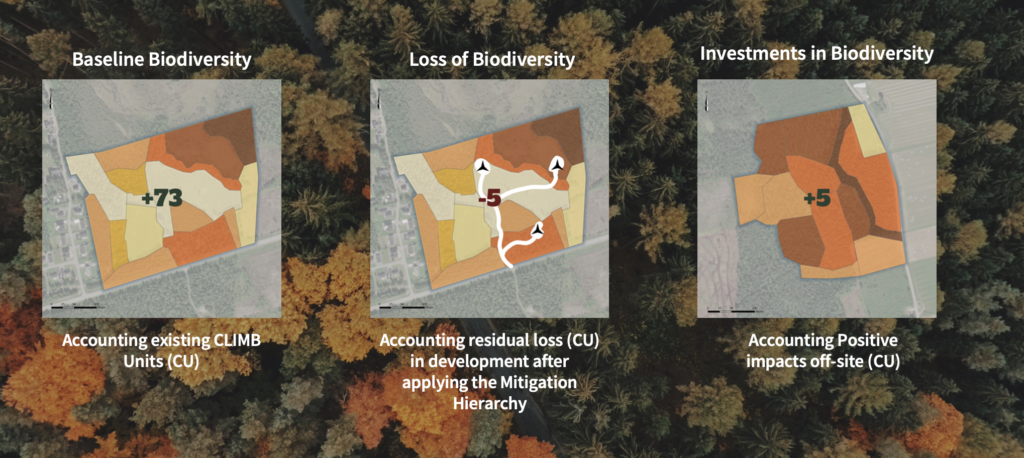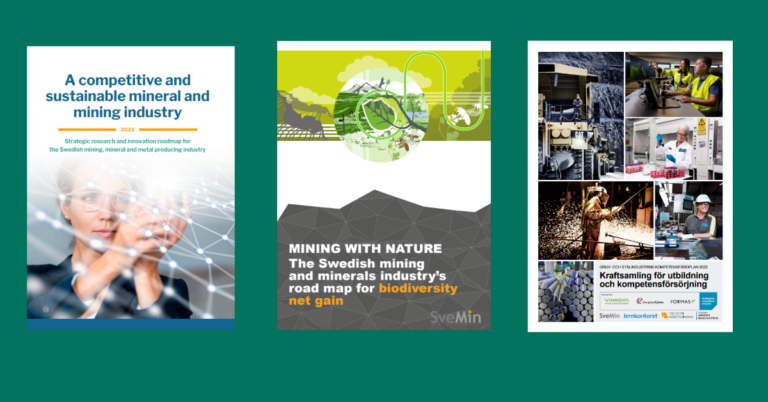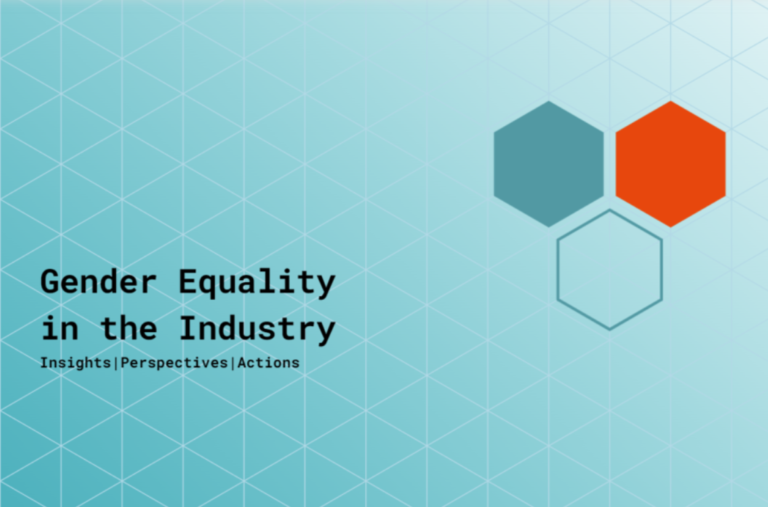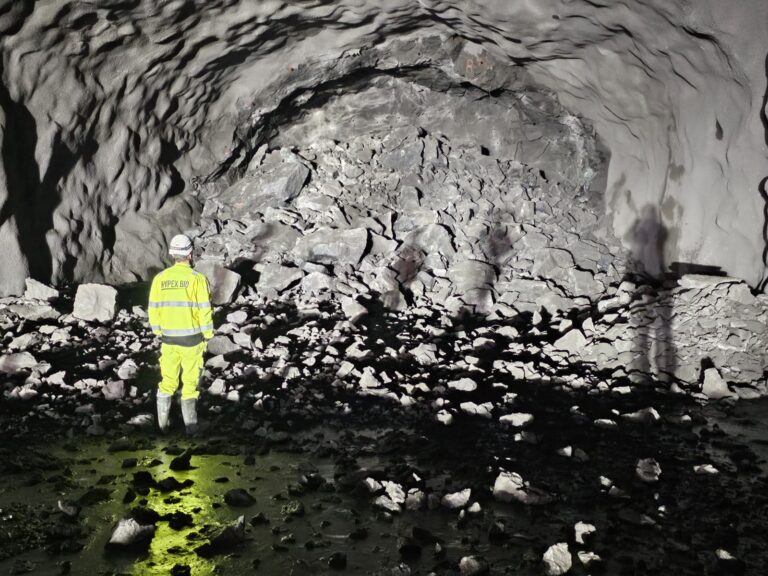Sweden and the Nordics are no exception to critical biodiversity loss. Until recently, the mining sector lacked a commonly accepted and science-based tool to assess, anticipate and manage impact from land use change. CLIMB is changing this. An open-source model developed in partnership with 200 stakeholders, it calculates a baseline and impacts of land use change, both positive and negative, to enable informed decision-making.
Environmental experts at Ecogain have, together with 11 partners*, led the development and implementation of CLIMB, with support from Swedish Mining Innovation.
– CLIMB makes it possible to quantitatively measure and take action in order to preserve and restore biodiversity loss. By using CLIMB, it becomes easier to understand risk and impact, and to estimate the effect of measures taken, says Sara Bökmark, Ecogain consultant.
The objective was to find a common ground for a biodiversity metric and to create an open-source model to calculate the biodiversity value in terrestrial environments, by assigning numerical values to biodiversity.
– The solution resulted in an excel-based method, suitable for re-adjustments and holding user-friendly properties, enabling calculations of baseline and future changes, on-site and off-site (compensation areas), based on parameters such as area, nature- and landscape value, time, difficulty and distance, Bökmark explains.
Key outcomes of CLIMB
The CLIMB-model is a result of a partnership of 12 stakeholders representing different businesses. In total, more than 200 stakeholders have been involved in the process, including stakeholder user groups and Advisory Board members.
Beyond designing and launching the CLIMB-model, the project team has made some important learnings about the innovation process:
- The power of joining forces across business sectors when sharing a common goal. Through the project it was also discovered that reaching biodiversity net zero demands more restoration than previously estimated, when including already exploited areas and the size of the implemented compensatory ecological restoration.
- Communication, transparency and open-source approach has contributed to gain acceptance among the business landscape and Swedish state agencies.
- The model has been accepted in several mining permit applications, tested in the Swedish court.
- By measuring impact and effect on biodiversity it is easier to follow the mitigation hierarchy
- By communicating in numbers, it has become easier to communicate and prioritise biodiversity actions and set targets to follow up, and to comprehend if measures taken are in proportion to the impact of the business operations.
- Relying on a standardized process for gathering data increases the transparency and comparability of sites.
Future
The next step is to secure a long-term management model that ensures that CLIMB maintains the highest possible standard of integrity and usability.
CLIMB is available at climb.ecogain.se.
* Vattenfall, LKAB, SveMin, Talga, SBMI, Boliden, Specialfastigheter, Skellefteå Kraft, Svenska Kraftnät, Heidelberg Materials and Skanska.







